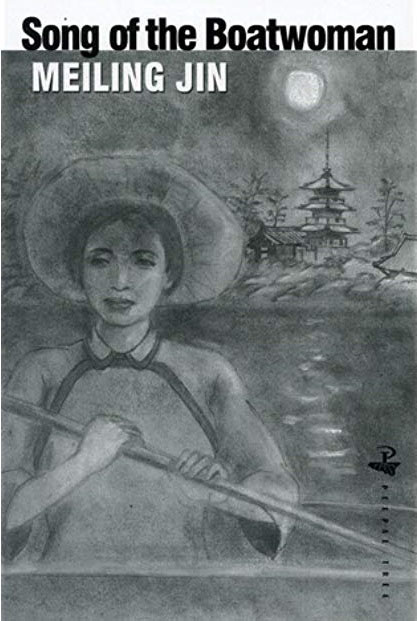My grand-father sailed on the ship 
Red-riding Hood:
part of a straggly band
of yellow humanity.
They severed the string
that tied them to the dragon,
and we grew up never knowing
we belonged
to a quarter of the world’s people.
[. . .]
One day I learnt
a secret art
Invisible-Ness, it was called.
I think it worked
as even now, you look
but never see me.
Meiling Jin
Last week Guyana celebrated Chinese Arrival Day – 166 years since the first arrival of Chinese immigrants on January 12, 1853. Between that date and 1879, 14,000 (85% men), arrived in 39 ships from Hong Kong to work as labourers on the sugar estates of British Guiana. The first vessel, The Glentanner, brought 252 people, who were distributed among plantations at Windsor Forest, Pouderoyen, La Jalousie and Essequibo.
That history is very well known. It is that arrival that is hinted at by the poet Meiling Jin in the extract, above, but although she moves on to reflect her own perspective of exile, “otherness” and the issues experienced as a minority group in England, the Chinese immigrants, through their descendants, their heritage and presence, are very far from “invisible” in today’s Guyana.
Instead, the presence and the influence of the Chinese in contemporary Guyanese society are highly visible and very significant. This is so in the history of human development, and the contribution to nation building by the descendants of those who arrived in the nineteenth century. It is also quite vivid in the contemporary life of the country through the growing number of new and recent arrivals from China in what has been a significant new wave of immigrants, workers and investors who have come to Guyana during the past two decades.

